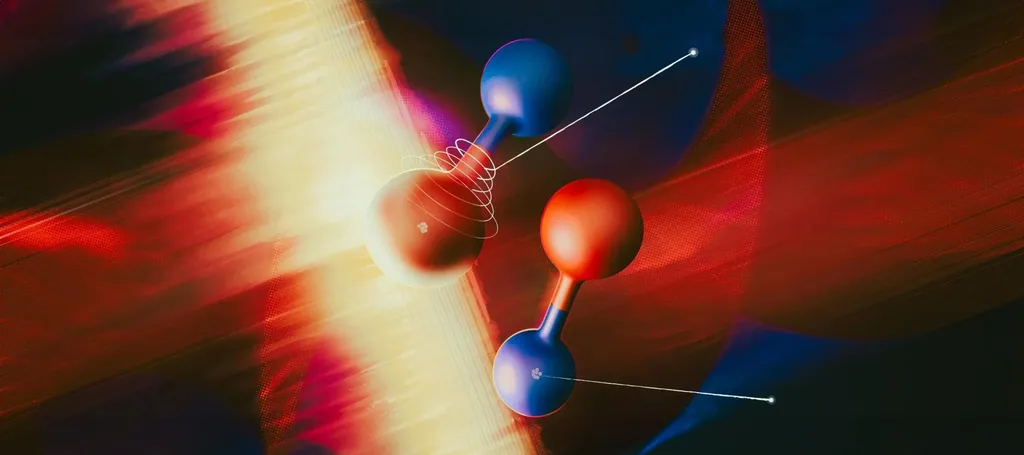In a groundbreaking study, researchers from the University of Zurich, the University of Toronto, and the Max Planck Institute for the Structure and Dynamics of Matter have made significant strides in understanding ultrafast electronic dynamics in liquids. The team, led by Professor Hans Jakob Wörner, has successfully demonstrated attosecond-resolved measurements of recolliding electron wave packets in both neat liquids and aqueous solutions, paving the way for transformative opportunities in studying ultrafast processes crucial to the energy sector.
The researchers employed high-harmonic spectroscopy (HHS), a technique that promises real-time access to ultrafast electronic dynamics in the native environment of chemical and biological processes. While electron recollision has been established as the dominant mechanism of high-harmonic generation (HHG) in liquids, resolving the underlying electron dynamics has remained elusive until now. The team used phase-controlled two-colour fields to observe a linear scaling of the two-colour delay that maximizes even-harmonic emission with photon energy. This scaling yielded slopes of 208±55 attoseconds per electron volt (as/eV) in ethanol and 124±42 as/eV in water, the latter matching ab initio simulations (125±48 as/eV).
In aqueous salt solutions, the researchers uncovered interference minima whose appearance depended on solute type and concentration. These minima arise from destructive interference between solute and solvent emission. By measuring the relative phase of solvent and solute HHG, the team retrieved a variation of electron transit time by 113±32 as/eV, consistent with their neat-liquid results. These findings were published in the journal Nature.
The practical applications of this research for the energy sector are profound. Understanding ultrafast electronic dynamics in liquids and solutions can provide critical insights into energy transfer, charge migration, and proton dynamics. These processes are fundamental to various energy technologies, including photovoltaics, batteries, and fuel cells. By gaining real-time access to these dynamics, researchers can develop more efficient and sustainable energy solutions.
Moreover, the ability to study these processes in disordered media, such as liquids and solutions, opens up new avenues for investigating complex systems relevant to energy storage and conversion. The transformative opportunities presented by this research could lead to significant advancements in the energy industry, ultimately contributing to a more sustainable and energy-efficient future.
This article is based on research available at arXiv.

